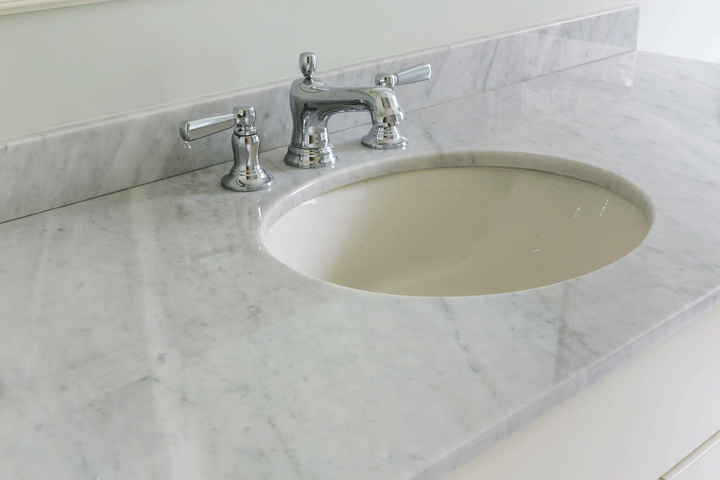Culture is the lifeblood of any society. It encompasses our traditions, values, languages, art, and the collective experiences that define who we are as a people. However, in an increasingly globalized world, the importance of “conserve the culture” cannot be overstated. As modern influences reshape societies, many cultural practices and identities face the risk of fading away. Let’s delve into why “conserve the culture” is essential and how we can take steps to preserve it.
Why Is Culture Worth Preserving?
1. Identity and Belonging
“conserve the culture” provides a sense of identity and belonging. It connects us to our roots and offers a deeper understanding of our history and heritage. By preserving culture, we ensure future generations have a sense of where they come from and what makes their community unique.
2. Diversity and Creativity
A diverse cultural landscape fosters creativity and innovation. Every culture brings unique perspectives, traditions, and ways of thinking that enrich humanity as a whole. Losing cultural diversity means losing the chance to learn from and be inspired by different worldviews.
3. Historical Significance
Cultural artifacts, monuments, and traditions are living reminders of our past. They tell the stories of human achievements, struggles, and evolution. Conserving them allows us to honor and learn from history.
4. Social Cohesion
Shared cultural practices can bring people together, fostering a sense of unity and mutual respect. In societies with multiple cultural groups, preserving and celebrating these traditions can promote inclusivity and harmony.
Threats to Cultural Preservation
Globalization
While globalization has many benefits, it often leads to the homogenization of cultures. Dominant cultural practices can overshadow local traditions, leading to their eventual disappearance.
Urbanization and Development
Rapid urbanization and infrastructure development can sometimes come at the cost of cultural heritage sites. Historical landmarks and traditional communities are often displaced in the name of progress.
Digital Disruption
The digital age has transformed how we interact with culture. While it has made cultural content more accessible, it has also led to a decline in traditional practices and face-to-face cultural exchanges.
Climate Change
Environmental changes threaten cultural heritage in ways we may not immediately realize. Rising sea levels, natural disasters, and changing ecosystems can destroy historical landmarks and disrupt traditional ways of life.
How Can We Conserve Culture?
1. Education and Awareness
Educating people about the importance of cultural preservation is a critical first step. Schools, museums, and community programs can play an essential role in fostering appreciation for cultural heritage.
2. Support Local Traditions
Participating in and supporting local cultural events, festivals, and artisans helps keep traditions alive. Purchasing handmade crafts, learning traditional dances, or cooking cultural recipes are small yet impactful ways to contribute.
3. Protect Heritage Sites
Advocate for the protection and restoration of historical landmarks and sites. Governments, organizations, and individuals must collaborate to ensure these treasures are preserved for future generations.
4. Leverage Technology
Digital tools can play a role in preserving culture. Virtual reality, online archives, and social media can document and share cultural practices with a global audience, ensuring they are not lost to time.
5. Intergenerational Dialogue
Encourage conversations between generations to pass down knowledge, stories, and traditions. Elders are the keepers of cultural wisdom, and their insights are invaluable in maintaining cultural continuity.
A Shared Responsibility
Cultural preservation is not just the responsibility of governments and organizations—it is a collective effort. Each of us has a role to play in ensuring that the richness of human heritage remains intact for the next generation. By taking active steps to conserve culture, we celebrate the diversity that makes our world vibrant and meaningful.
Conclusion
Conserving culture is about more than just safeguarding artifacts or traditions; it’s about protecting the essence of who we are. In a rapidly changing world, holding onto our cultural roots allows us to stay grounded while embracing progress. Let us commit to preserving the invaluable heritage that connects us to our past, enriches our present, and inspires our future.





